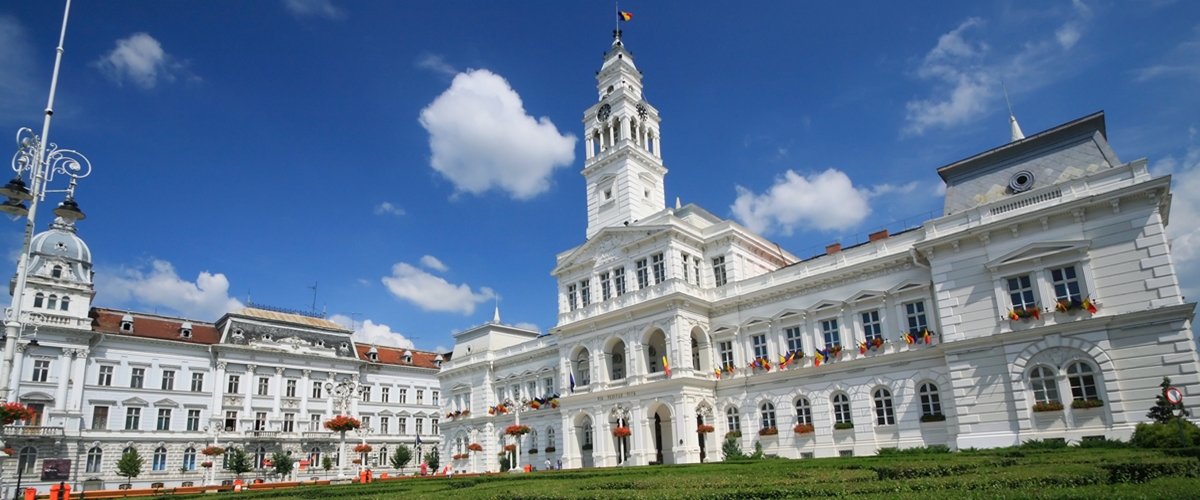Arad
Arad General Information
Location: Western Romania
Size: 179 sq km
Population: circa 145.000
Distance from Bucharest: 585 km
Distance from Cluj-Napoca: 275 km
Straddling the Mures River and occupying parts of both Crisana province and Banat, Arad traces its history back to the 11th century. Arad developed as a major trading post during the Turkish occupation, between 1551 and 1699. After 1699, the city was ruled by the Habsburg Monarchy and in 1834 Arad was declared a 'free royal town' by Emperor Francis I of Austria.
On April 10, 1913 the first electric railroad in Eastern Europe was inaugurated (Arad - Podgoria route).
Today, Arad is an important industrial center and transportation hub, as well as home to two universities.Churches and cathedrals in the city span four centuries, several denominations, and architectural styles ranging from baroque to neoclassic.
Arad is a city of impressive buildings and architecture, with many of the main sights located along the principal thoroughfare, the broad, tree-lined, Revolution Boulevard with trams running along it. These include the impressive white City Hall Palace, the Palace of Culture, the neo-gothic and secessionist-style Red Church, the large, domed Roman Catholic Church and the neo-classical State Theatre.
There is also an extensive open air market in the older part of the town, overshadowed by the tall towers of the baroque Orthodox Cathedral and nearby the old water tower being restored as a museum. At the corner with Strada Mihai Eminescu you will find the Secessionist Grozavescu Pharmacy which has preserved its original interior.
East of Avram Iancu Square stands the Old Theatre where national poet Mihai Eminescu once worked. It became the Urania Cinema in 1903 but is now being restored as a theatre. Further south near Piatra Veche, lies the old Jewish quarter and a couple of synagogues. Beyond spans the Serbian quarter and the attractive Serbian Orthodox Church St. Petru & Pavel which was rebuilt in a baroque style in 1790.
The Arad Fortress, boasting a Vauban-style stronghold with a six-pointed star shape, was built under the orders of Hapsburg empress Maria Theresa between 1763 and 1783.




.png)



